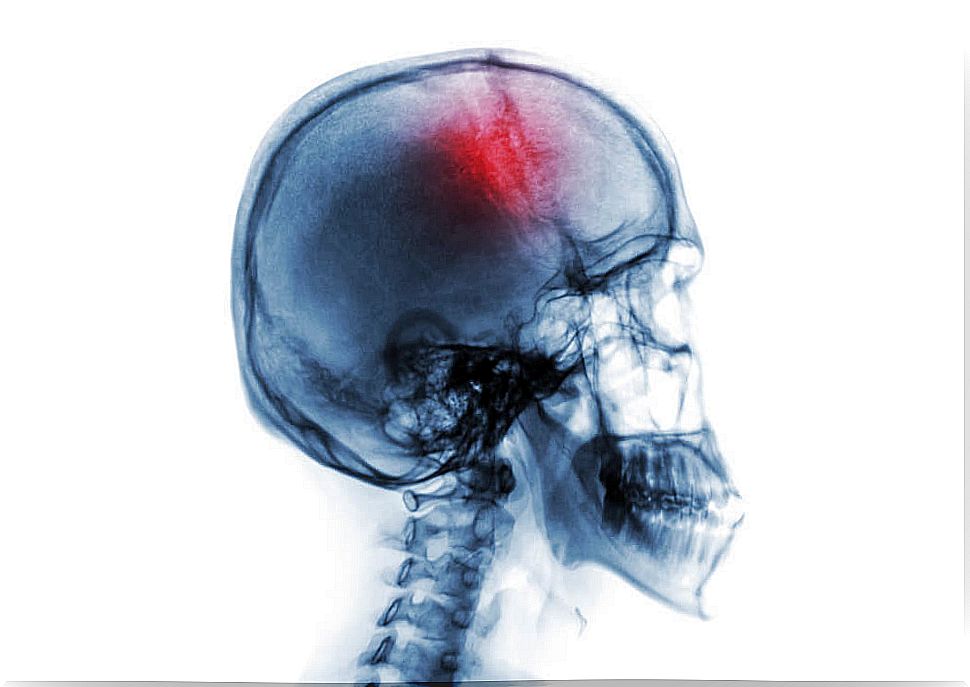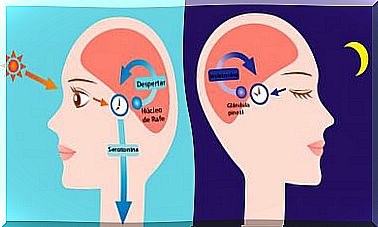Stroke: What Is It And What Are The Risk Factors For Suffering It
Stroke is a serious health problem that can lead to different types of disability, and even death. Most people who have suffered a stroke are left with one or more limitations in their functional capacity.
This disorder is common among the elderly. It is estimated that 73% of cases occur among those who are 65 years or older. However, the number of stroke cases among younger people is increasing.
Never lose sight of the fact that the brain is the most important organ in the body. That is why it must take care of itself like no other Precisely on this care may depend on the occurrence of a brain accident or the risk of its occurrence being minimized.
What is a stroke?

A group of diseases is known under the name of stroke, whose common feature is that they affect the blood vessels of the brain. Such pathologies are also known as cerebrovascular accidents (CVA), or cardiovascular diseases.
Stroke usually occurs suddenly. Like a heart attack. According to research, this event is fatal in approximately 20% of cases. And in 44% of people it generates a serious disability. There are basically two types of stroke:
- Ischemic. They are produced by the obstruction of the blood vessels. This prevents irrigation of part of the brain.
- Hemorrhagic. They occur when any of the arterial branches breaks and, consequently, a cerebral hemorrhage occurs. They are the most deadly.
After suffering a stroke, only a third of patients recover completely. It is estimated that 25% of those affected die within 30 days. About 75% of cases are ischemic stroke and the remaining 25% are hemorrhagic stroke.
Main risk factors
Risk factors for this disorder are genetic and environmental. 11 basic circumstances have been identified that can give rise to this problem. They are as follows:
- Age. The disease is more recurrent after 55 years. Thereafter, for every decade of life, the risk of suffering from it doubles.
- Gender. Men suffer from it more often, after 44 years of age. However, this disease is more often fatal in women.
- Family history. If the father suffered from this problem, the risk of suffering from it increases by 2.4%. When it was the mother, the increase is 1.4%. And if the person who suffered it was a brother, the risk of suffering from it is 60%.
- Use of oral contraceptives. The higher level of estrogens increases the risk of developing this disorder in women by 2.5.
- Smoking. Tobacco doubles the risk of these types of problems.
- Drug addiction. Cocaine users have twice the risk and amphetamine users five times more.
- Migraines. Those with frequent migraines have a 2.2 greater risk than others.
- Having sleep apnea syndrome. It generates a 2.5% higher risk.
- Obesity. Increase risk by 1.4%.
- Sedentary. Increase risk by 2.4%.
- Diabetes. People with diabetes have a 2-6 times higher risk of having a stroke.
Atrial fibrillation and stroke

There is a close relationship between atrial fibrillation (AF) and stroke. AF is the most common form of cardiac arrhythmia in adults around the world. Research indicates that someone with AF is four to five times more likely to have an embolic stroke.
Likewise, when the disorder is associated with atrial fibrillation, it has a potential mortality of 20% and a potential disability of 60%. The greatest danger of having AF is not having a heart attack, but a stroke.
In turn, risk factors for AF are : high blood pressure, diabetes, heart failure, hyperthyroidism and other hormonal problems. Drinking too much coffee or alcohol are also considered risk factors.
Whatever the risk factor for suffering from this type of disorder, the truth is that a healthy lifestyle reduces it significantly. Proper nutrition, frequent exercise, and reducing or eliminating tobacco and alcohol use significantly improve the likelihood of avoiding a stroke.









